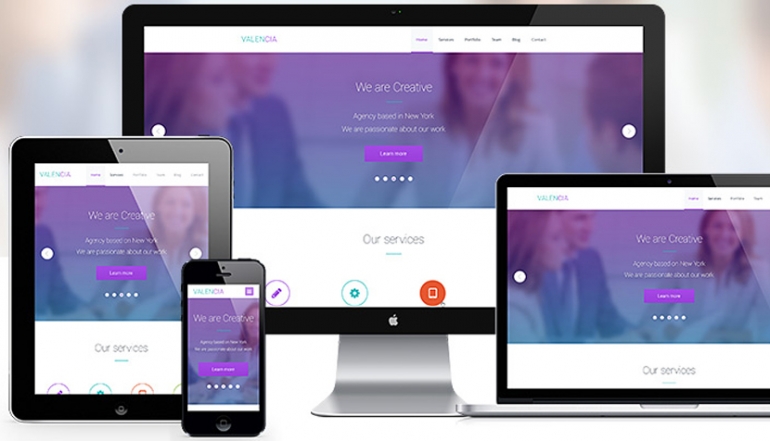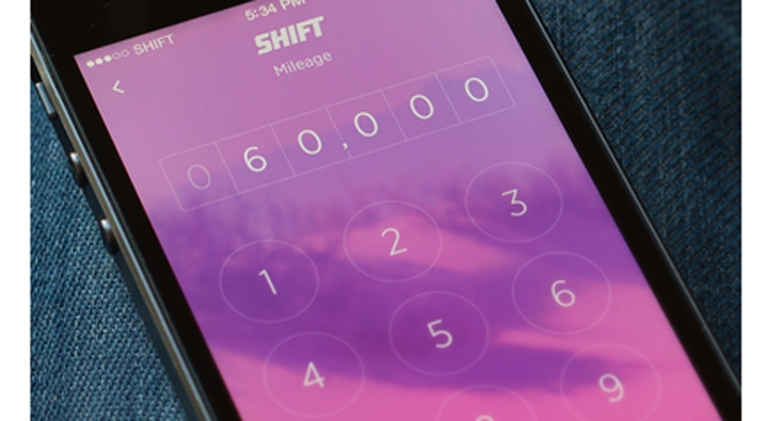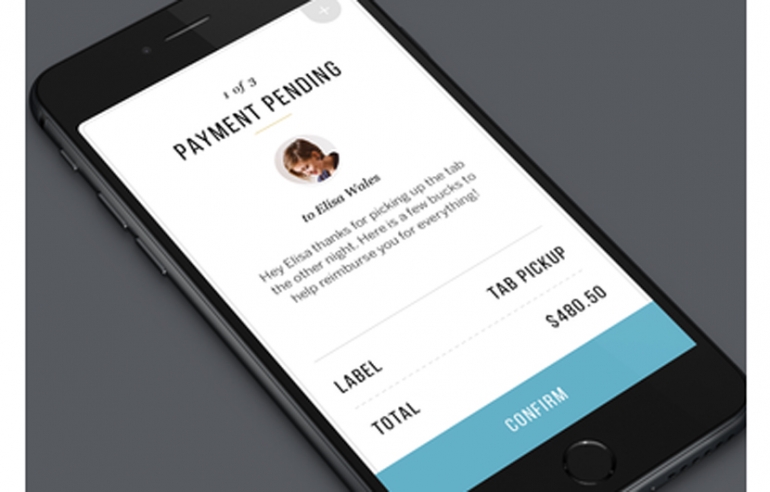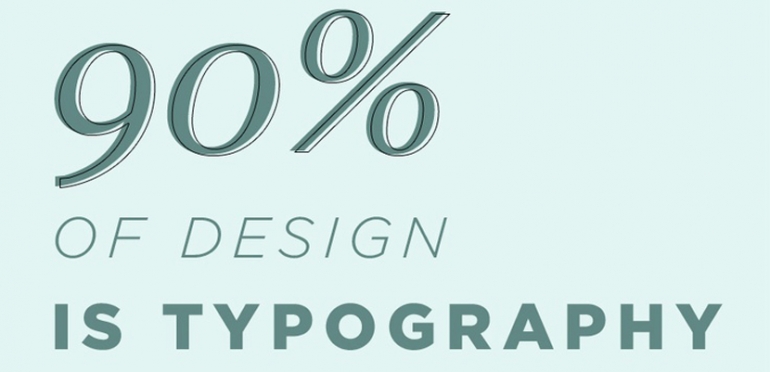UI Trends You Might Have Noticed. Or Not
As a web designer it is important to keep up with current trends and how they effect the user interface (UI) and experience of the sites you create. Some trends we hear about every time we visit a design focused web site or blog. Other trends don't gather quite as much attention, but we still see them on enough web sites to notice how frequently they are used.
Listed below are a few UI trends that might not get as much coverage as elements like flat UI or responsiveness, but are still worthy of incorporating into modern day designs.
Scalable Vector Graphics

Unlike PNG and JPEG file types that are based on pixels, vector graphics rely on lines and coordinates based on mathematical equations to make up an image. Since pixels are not involved, the size of the image can be manipulated without much loss of quality giving it the name scalable vector graphic (SVG). Because they are scalable, and supported by the major modern web browsers, they allow for an easier transition to a responsive web site.
Blur, Blur and More Blur

With flat design being so popular, web designers don't have many options to give a site depth without risking their work being dated from the last decade. Blur effects provide a perfect solution to this problem by giving the UI a minimalized style while adding layers to provide an element of depth.
Simple and Minimal

When the UI has too many colors and too many elements it is labeled as busy. Busy design is not user-friendly and as such, one of the more popular trends is to keep things simple. Color schemes are usually limited to a few colors and often follow a more split-complimentary scheme. Additionally, the design itself is usually kept to a minimum as well. White space is utilized without the need to force-fill it with useless elements and basic shapes serve as containers for various types of content.
Single Page Scrolling

One of the most commonly discussed elements of UX/UI is navigation. If a web site is not easy to navigate it is not considered user friendly. One way to make navigation simple is to pare it down to a basic scroll bar; and that's exactly what this trend does. By removing buttons, menus and animations the one page site only asks the user to scroll down through the page in order to access the content. Miswakclub.com on the picture above is a perfect example.
Non-Safe Typography

95 percent of the information on the web is written language so it is important that you take the time to make sure that your typography says something about your site and/or brand while complimenting the content. To help designers break away from the boring, web safe fonts some companies like Google allow the use of font APIs so different font-faces can be used without worry.
By referencing the font in <head> section of the HTML as such:<link rel="stylesheet" type="text/css" href="https://fonts.googleapis.com/css? family=FONT-NAME">
the browser will call upon the API and render the font on the user's screen. Using CSS, the fonts can be stylized just as any web safe type would be.
As with any trend, the ones mentioned above won't fit every project you might be working on. It is important to choose the right styles to follow depending upon the purpose and audience of the given web site. Of course most modern trends will wear out their popularity eventually as well making them as popular as marching ants and animated fire gifs. Those that that stick around are the ones that really make a difference in how people use and view websites. Ones that give visitors a consistent and user friendly experience across a variety of devices will likely be improved upon in the years to come.
About the author
Copyright © . All Rights Reserved
